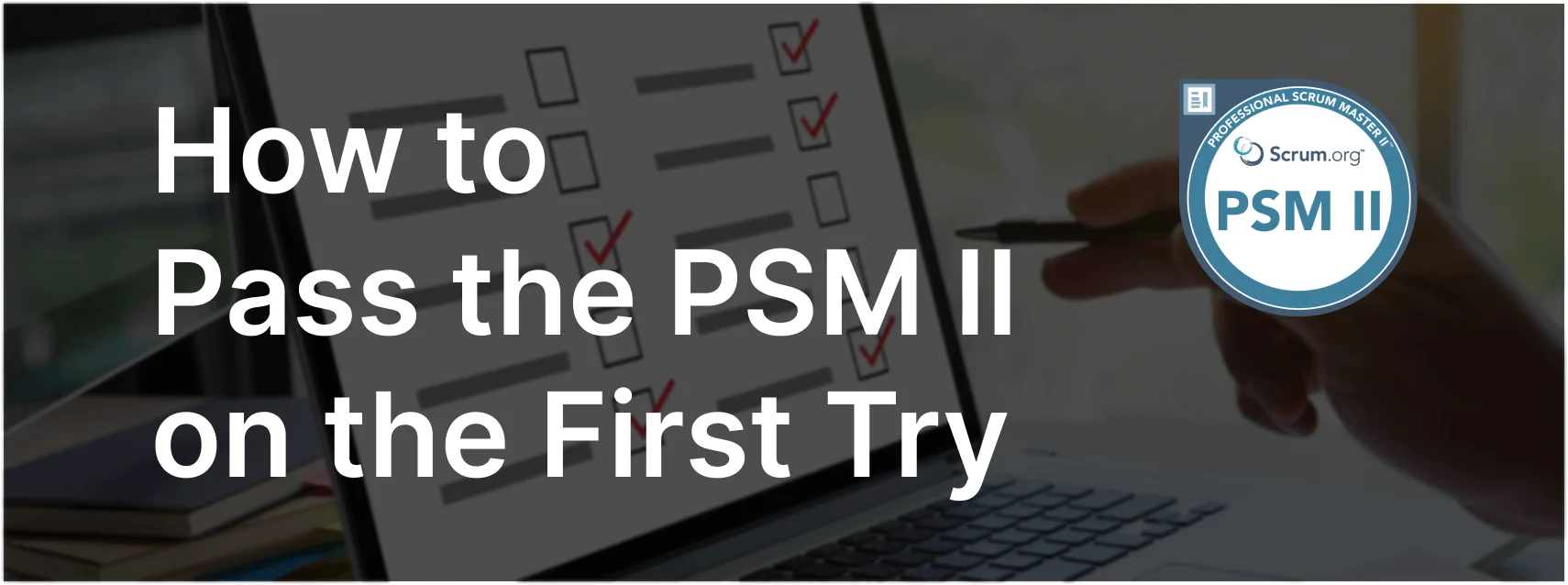Ensuring Effective Daily Scrums
The Daily Scrum is a crucial event for the Developers to align their work and ensure progress toward the Sprint Goal. This article addresses how to handle situations where team members are consistently late to the Daily Scrum.
Exam Question
The Developer’s Daily Scrum is scheduled to start at 10:00 each day. Team members turn up late, and once everyone is assembled, the Daily Scrum starts. By then it is typically 4 to 5 minutes for people to transport within the building.
Some developers complain that it’s now hard to achieve the purpose of the Daily Scrum within the time-box, since there’s only 10 or 11 minutes left after waiting for people to show up. The Developers don’t know what to do, and ask for your advice. What are the two best options for you to do as a Scrum Master of this Scrum Team?
(choose the best two answers)
- A. You turn the question back to the Developers and ask what they think should be done to ensure their Daily Scrum is effective and meets its purpose.
- B. You suggest an experiment: moving the event to a time that better suits the Developers.
- C. You suggest that when someone shows up late they cannot join that day’s Daily Scrum.
- D. You escalate this issue to management because you are responsible for ensuring Scrum is understood and enacted.
- E. To incentivize showing up on time, you tell the Developers that when people come late to the Daily Scrum, they will pay a small fee. Towards the end of the Sprint, you show the statistics and the person with the worst score gets to go and buy the treat for the Sprint Review.
Correct Answers
A. You turn the question back to the Developers and ask what they think should be done to ensure their Daily Scrum is effective and meets its purpose.
B. You suggest an experiment: moving the event to a time that better suits the Developers.
Explanation
Correct Answers
A. You turn the question back to the Developers and ask what they think should be done to ensure their Daily Scrum is effective and meets its purpose:
This approach encourages self-management and empowerment within the team. By asking the Developers to come up with a solution, you foster ownership and accountability for their processes, aligning with Scrum values.
B. You suggest an experiment: moving the event to a time that better suits the Developers:
Experimenting with different times can help find a more suitable schedule for everyone, ensuring that the Daily Scrum starts on time and runs effectively. This flexibility can lead to better attendance and more productive meetings.
Incorrect Answers
C. You suggest that when someone shows up late they cannot join that day’s Daily Scrum:
Excluding team members from the Daily Scrum can create division and negatively impact team cohesion. It’s more productive to find a solution that encourages punctuality without exclusion.
D. You escalate this issue to management because you are responsible for ensuring Scrum is understood and enacted:
Escalating to management is not necessary for this issue. It’s more effective to resolve it within the team, promoting self-management and continuous improvement.
E. To incentivize showing up on time, you tell the Developers that when people come late to the Daily Scrum, they will pay a small fee:
Implementing penalties can create a negative atmosphere and does not align with the principles of Scrum. Positive reinforcement and collaborative problem-solving are more effective strategies.
Responsibilities in Scrum
- Product Owner: Ensures the Product Backlog is ordered and maximizes value. Communicates clearly with the team and stakeholders.
- Scrum Master: Facilitates Scrum events, helps remove impediments, and ensures that the Scrum framework is understood and enacted. Supports the team’s self-management and continuous improvement.
- Developers: Responsible for delivering a potentially releasable Increment and managing their own work. They collaboratively decide how to achieve their goals within the Scrum framework.
Relevance to the PSM II Exam
Understanding how to handle practical issues like timing and attendance at Scrum events is essential for the PSM II exam. This demonstrates an advanced application of Scrum principles and the ability to foster a self-managing team environment.
Key Takeaways
- Encourage self-management by involving the Developers in solving attendance issues.
- Experiment with different times to find a schedule that works for everyone.
- Avoid punitive measures that could harm team cohesion and morale.
Conclusion
Effective Daily Scrums are crucial for the success of a Scrum Team. By fostering a self-managing environment and experimenting with different solutions, the Scrum Master can help the team ensure that their Daily Scrums are productive and aligned with Scrum principles. For comprehensive preparation and practice exams, check out PSM II Exam Prep to enhance your understanding and application of Scrum principles.



